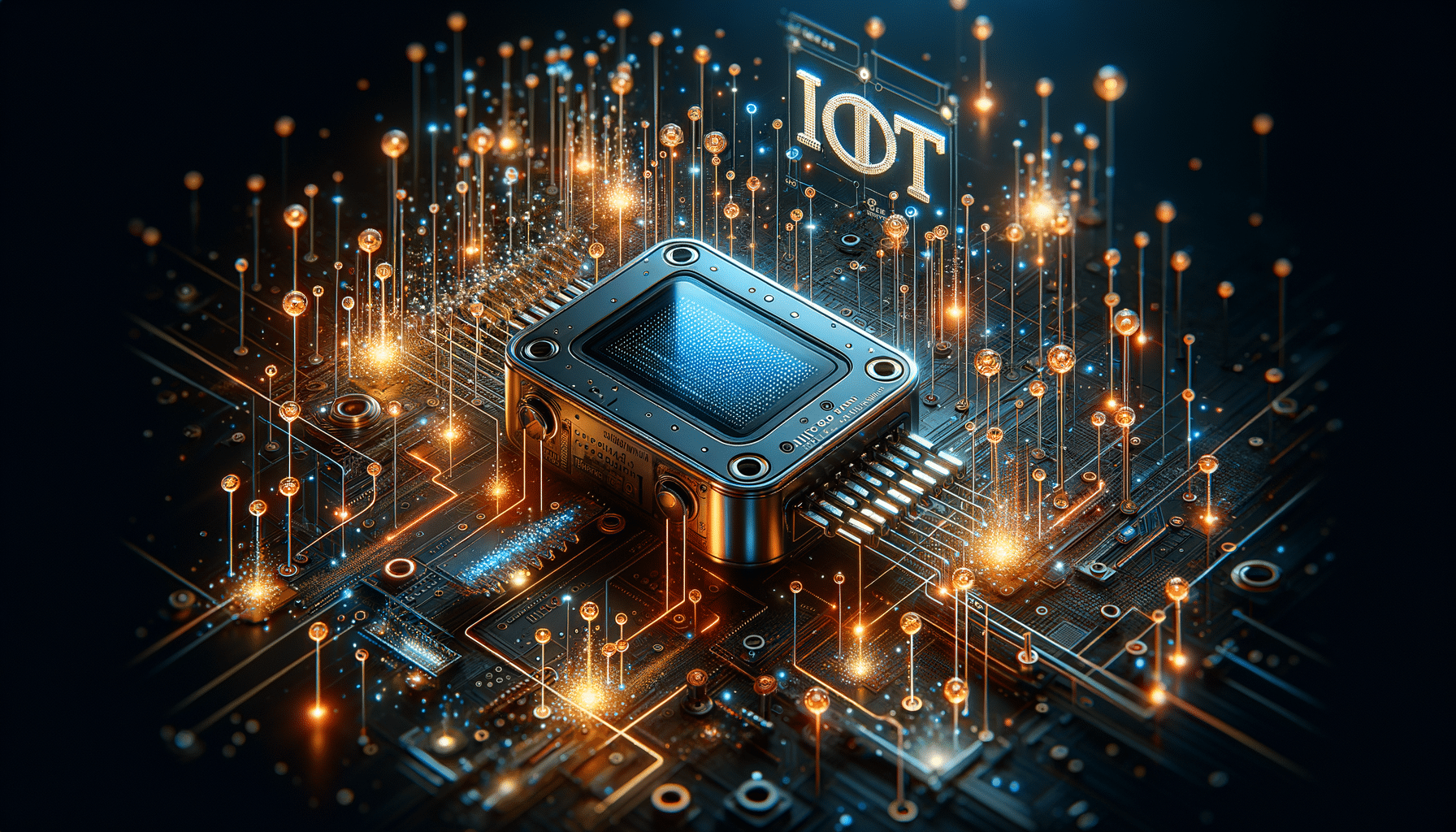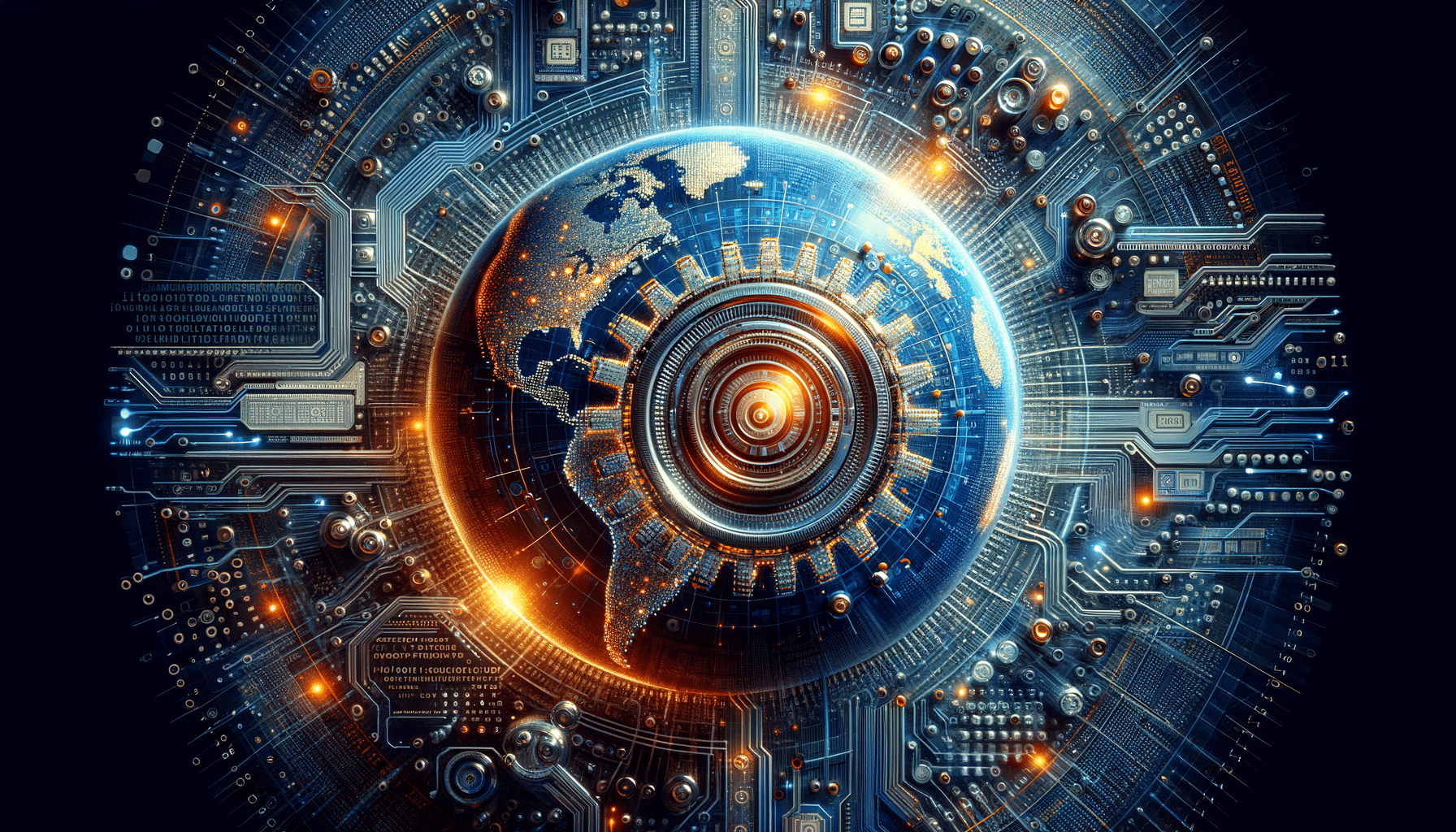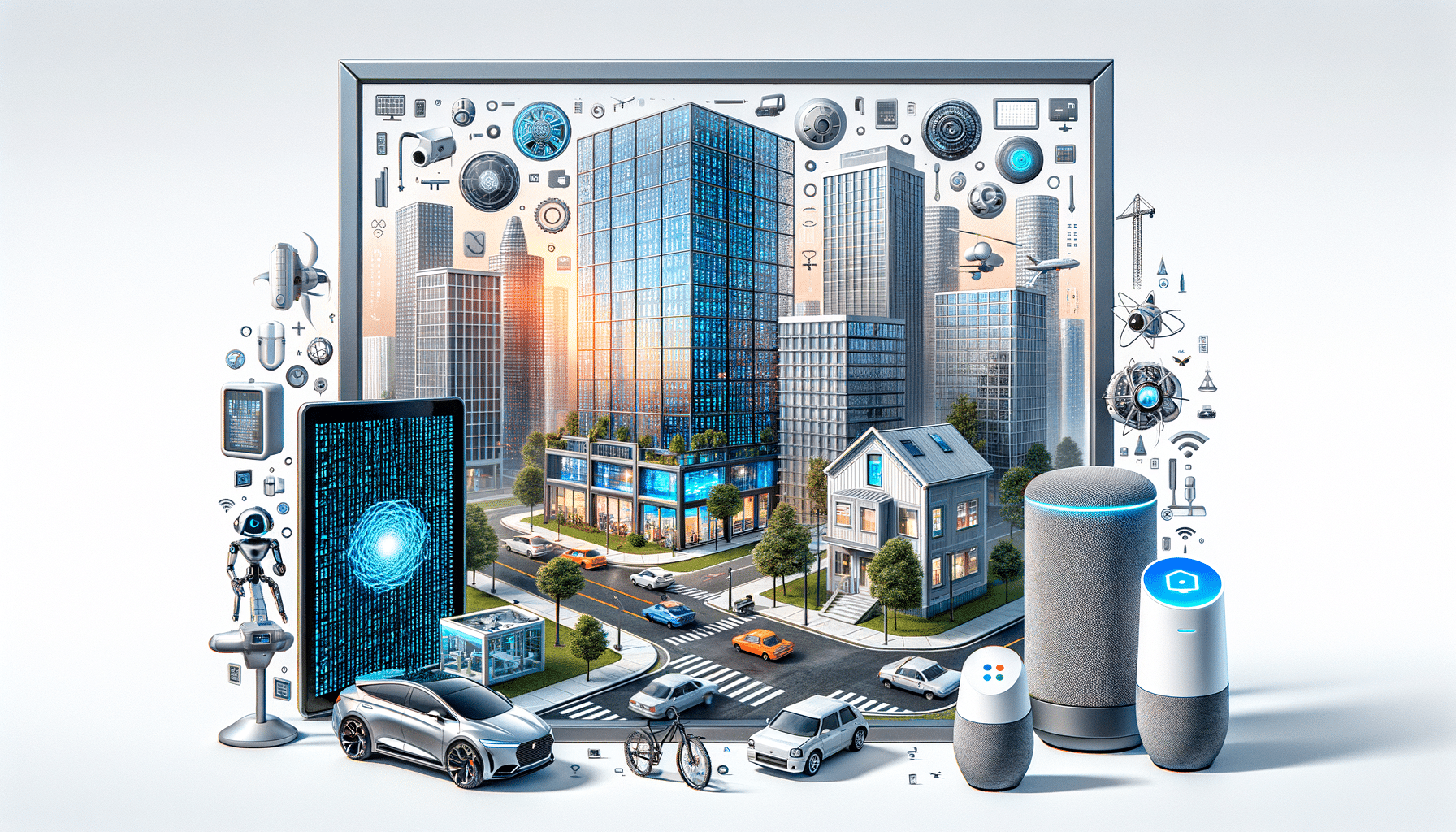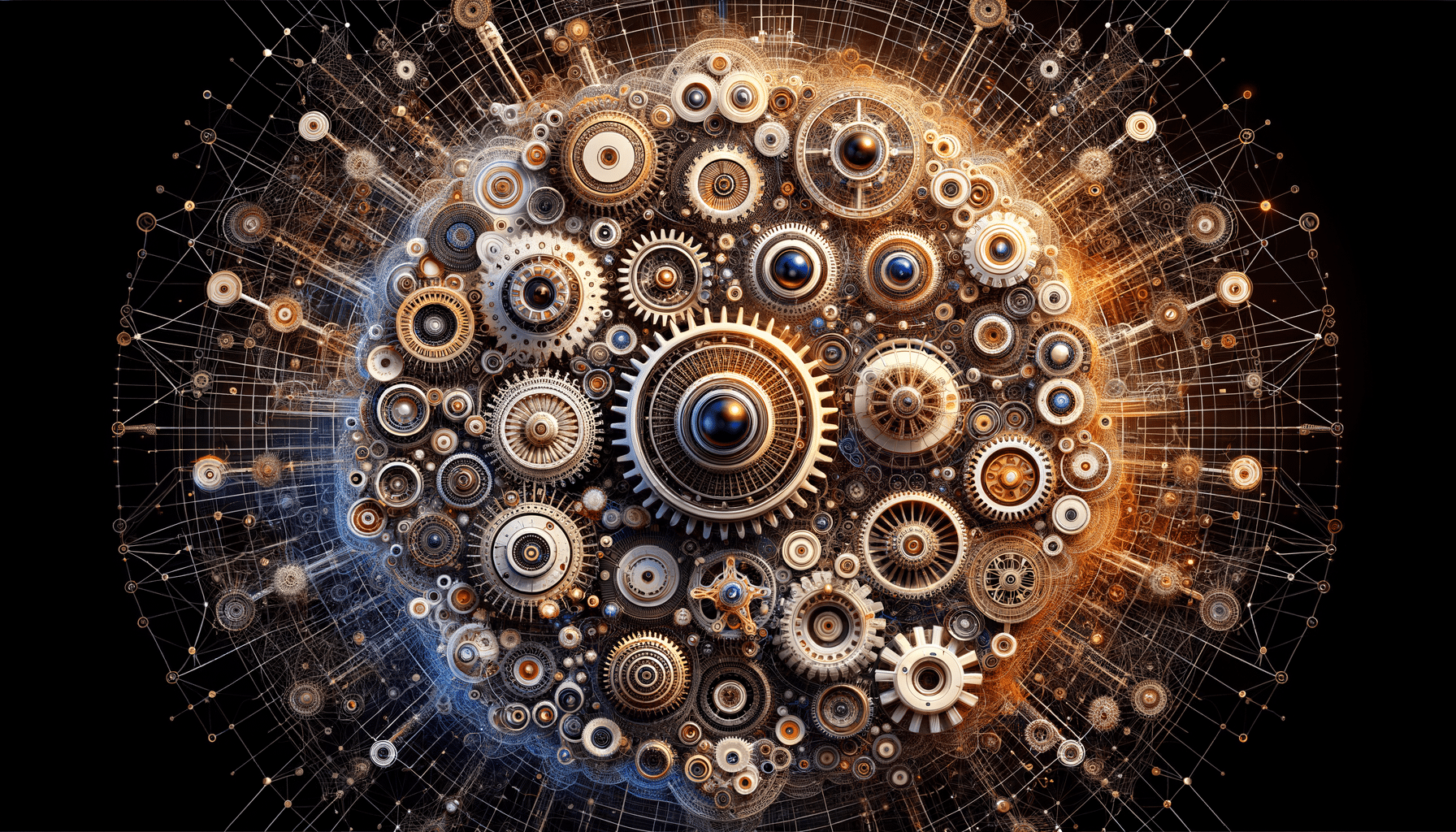
Exploring IoT Image Sensors: Transforming Vision in the Digital Age
Introduction to IoT Image Sensors
In the rapidly evolving landscape of technology, IoT image sensors stand out as a significant innovation. These sensors are designed to capture and process visual information, integrating seamlessly with the Internet of Things (IoT) to provide valuable insights across various domains. From enhancing security systems to enabling smart agriculture, the applications of IoT image sensors are vast and continually expanding.
IoT image sensors are pivotal in creating smart environments by allowing devices to “see” and interpret their surroundings. This capability not only enhances automation but also improves decision-making processes by providing real-time data analysis. As the demand for smart solutions grows, these sensors are becoming increasingly important in industries such as healthcare, automotive, and urban planning.
Technical Aspects and Functionality
IoT image sensors are equipped with advanced technologies that enable them to capture high-quality images even in challenging conditions. These sensors often integrate with machine learning algorithms to analyze visual data effectively. This integration allows for features such as object recognition, motion detection, and even facial recognition.
One of the key components of IoT image sensors is their ability to process data locally, reducing the need for constant cloud connectivity. This edge computing capability enhances the speed and efficiency of data processing, which is crucial for applications requiring real-time responses. Additionally, many IoT image sensors are designed with energy efficiency in mind, ensuring that they can operate for extended periods without frequent recharging or maintenance.
Applications in Various Industries
The versatility of IoT image sensors allows them to be utilized in a wide range of industries. In the healthcare sector, these sensors are used for patient monitoring, enabling remote diagnostics and improving patient outcomes. In agriculture, IoT image sensors help farmers monitor crop health and optimize resource usage, leading to more sustainable farming practices.
In the automotive industry, IoT image sensors are integral to the development of autonomous vehicles. They provide the necessary data for navigation and obstacle detection, ensuring safe and efficient travel. Furthermore, in urban environments, these sensors contribute to smart city initiatives by monitoring traffic patterns and enhancing public safety through advanced surveillance systems.
Challenges and Considerations
Despite their numerous benefits, IoT image sensors also present certain challenges. Privacy concerns are at the forefront, as these sensors capture sensitive visual data that could be misused if not properly secured. Ensuring robust data encryption and implementing strict access controls are essential measures to address these concerns.
Another challenge lies in the integration of IoT image sensors with existing infrastructure. Compatibility issues may arise, requiring significant investment in both time and resources to ensure seamless operation. Additionally, the sheer volume of data generated by these sensors necessitates efficient data management strategies to prevent information overload and ensure actionable insights.
Future Prospects and Developments
The future of IoT image sensors is promising, with ongoing advancements poised to enhance their capabilities further. Developments in artificial intelligence and machine learning are expected to lead to more sophisticated image analysis, enabling even greater automation and precision in various applications.
As the IoT ecosystem continues to expand, the demand for IoT image sensors will likely grow, driving innovation and reducing costs. This trend will make these sensors more accessible to a broader range of industries and applications, further embedding them into the fabric of our digital lives.


